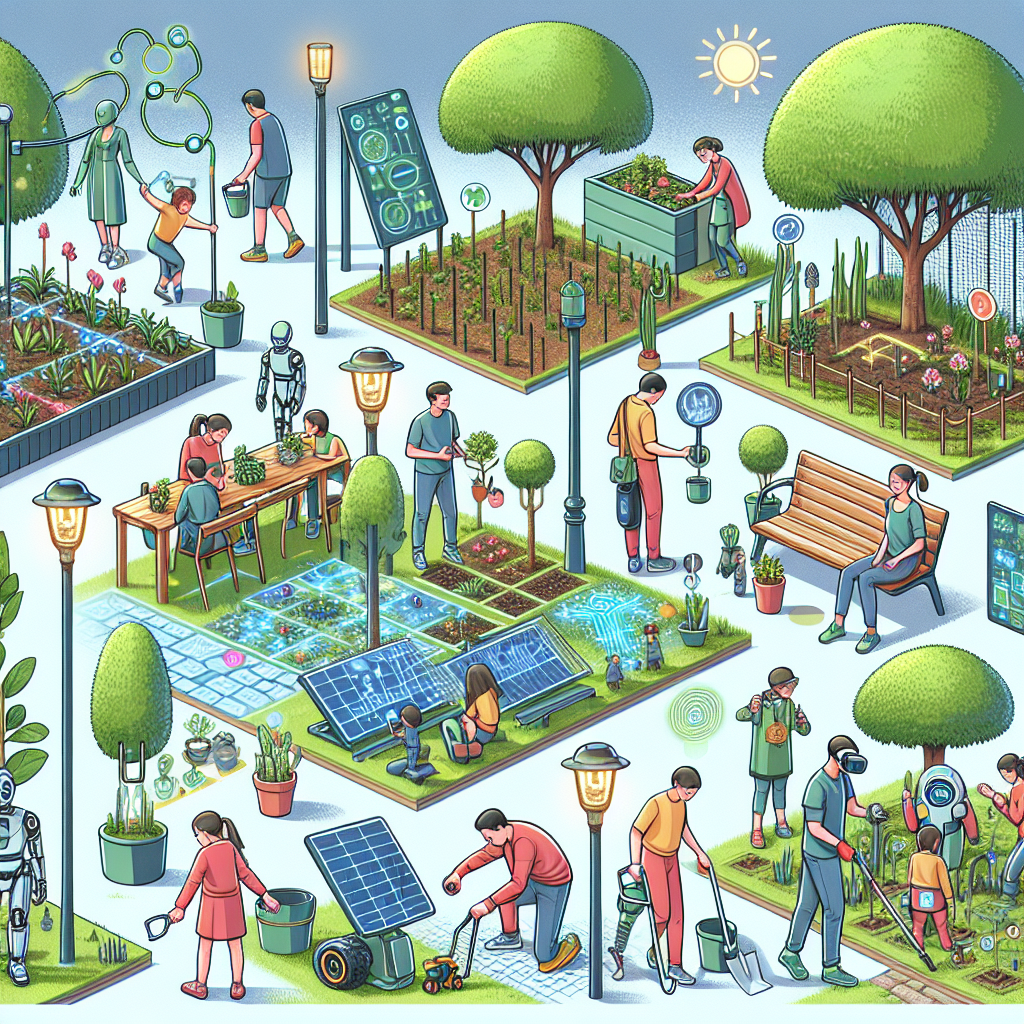The Importance and Future of Gardens Communities
Explore the concept, historical development, essential features, benefits, challenges, and expert insights surrounding gardens communities. Discover the impact of gardens communities on well-being and society, and join the discussion on their future.

Introduction
Gardens communities are a unique concept that combines shared spaces, communal living, and a connection with nature. This article explores the historical development, essential features, benefits, challenges, and expert insights surrounding gardens communities. We will delve into the impact of gardens communities on well-being and societal development, and conclude by calling for increased support and recognition from policymakers and communities.
1. Introduction to the Gardens Community
Gardens communities, also known as garden cities or eco-villages, are residential developments characterized by their emphasis on shared spaces, sustainable living, and a strong connection with nature. These communities aim to bring people together, foster a sense of belonging, and create a sustainable and eco-friendly living environment. Residents in gardens communities share common spaces, such as community gardens, parks, and recreational areas, which promote social interaction and strengthen community ties.
The Gardens Trust, an organization dedicated to the preservation and promotion of gardens, states that gardens communities aspire to create an environment where people can live close to nature, engage in sustainable practices, and enjoy the benefits of communal living. The Gardens Trust further explains that gardens communities are designed to prioritize the well-being and quality of life of their residents through the integration of green spaces and a focus on sustainable development.
2. Historical Context and Development of Gardens
The concept of gardens communities has its roots in the garden city movement, which emerged in the late 19th and early 20th centuries as a response to the adverse social and environmental conditions brought about by the industrial revolution. The garden city movement was spearheaded by Ebenezer Howard, a British urban planner, who proposed the development of self-contained communities surrounded by greenbelts.
3. Essential Features of a Gardens Community
Design Principles and Considerations
Integrating Nature and Green Spaces
Emphasis on Sustainability and Environmental Friendliness
4. Benefits of Living in a Gardens Community
Enhanced Well-being and Mental Health
Strong Sense of Community and Social Support
Increased Access to Healthy Food and Gardening Opportunities
5. Case Study: The Success of a Gardens Community
Example of a well-established and thriving gardens community
Community engagement initiatives and programs
Positive impact on residents' quality of life
6. Challenges and Issues in Gardens Community Development
Land Availability and Affordability
Legislative and Regulatory Barriers
Balancing Privacy and Community Cohesion
7. Expert Insights on the Future of Gardens Communities
Perspectives from Urban Planners, Architects, and Environmentalists
Forecasts on the Growth and Potential of Gardens Communities
Innovative Designs and Technologies for Sustainable Living
8. Conclusion: The Importance of Gardens Communities
Recap of the Key Benefits and Features of Gardens Communities
Impact on Individual and Societal Well-being
Call for Increased Support and Recognition from Policymakers and Communities
9. Call to Action: Engage in the Gardens Community Discussion
Encouragement to Join Local Gardens Community Initiatives
Recommended Resources and Organizations for Further Research
Invitation to Share Personal Experiences and Insights in the Field of Gardens Communities